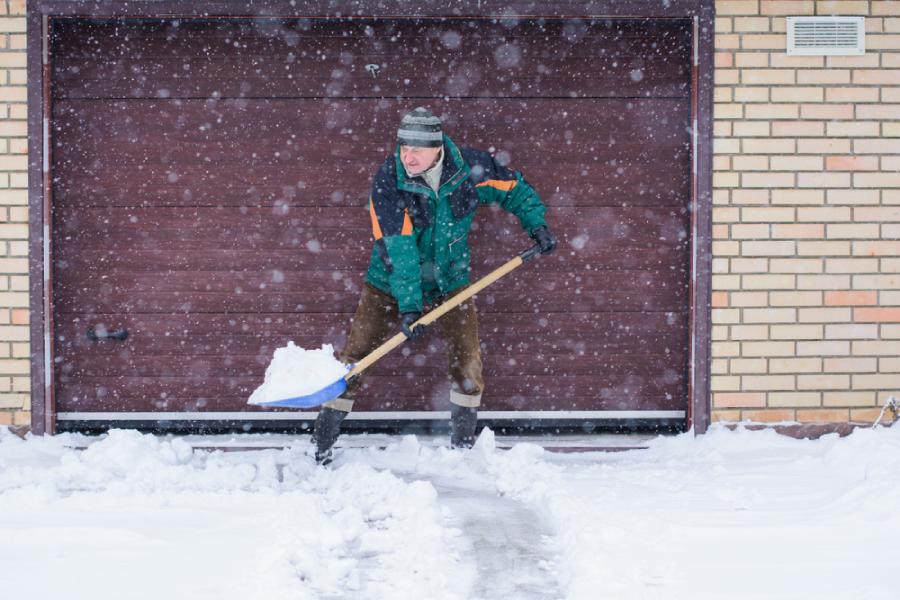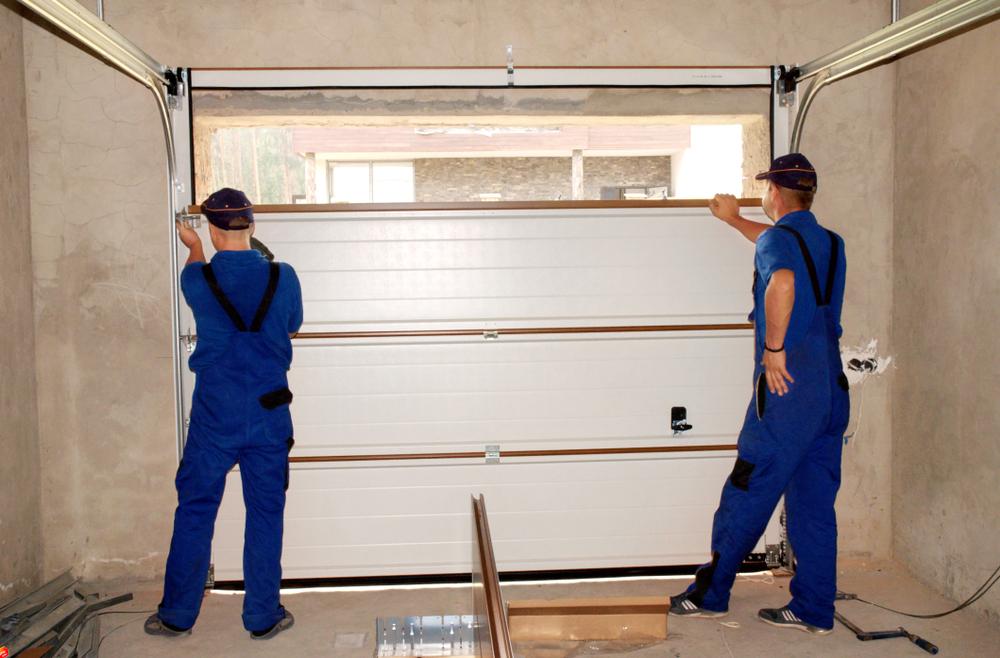Is your garage unbearably hot in summer or freezing in winter? Insulation might be the simple solution you need. A well-insulated garage lowers energy costs, improves comfort, and even helps block outside noise. If you use your garage for more than just parking, temperature control makes a huge difference.
Here’s how to insulate a garage and keep your energy bills in check.
Why Insulating Your Garage Matters
Think of your garage as a giant energy leak. Without insulation, heat leaks out in winter and pours in during summer. This makes temperature control harder and drives up costs, especially in attached garages.
Adding insulation helps in three key ways:
- Lowers energy costs by reducing heat loss and gain.
- Improves comfort so the space is usable year-round.
- Reduces outside noise, a big plus in busy areas.
Wondering how much does it cost to insulate a garage? We’ll break it down soon.
Step-by-Step Guide: How to Insulate a Garage
To insulate effectively, focus on four key areas: walls, door, ceiling, and floor. Let’s go step by step.
How to Insulate a Garage Wall
Walls are your first defense against temperature swings. The most common materials are fiberglass batts, rigid foam boards, and spray foam. Each has its pros:
- Fiberglass is budget-friendly and easy to install.
- Spray foam provides the best air seal but costs more.
- Rigid foam offers solid insulation with an easier installation than spray foam.
Here’s what to do:
- Seal gaps: Check around windows, outlets, and corners. Use caulk or expanding foam to seal air leaks.
- Install insulation: If using fiberglass, staple batts between studs. For rigid foam, cut panels to fit and secure them.
- Cover the insulation: Use drywall or plywood for protection and a finished look.
How to Insulate a Garage Door
Your garage door is a major weak spot for heat loss. Insulating it can make a big difference. Common options include:
- Foam panels for a lightweight, effective barrier.
- Garage door insulation kits for an easy, all-in-one solution.
- Reflective foil insulation to deflect heat.
Follow these steps:
- Clean the door to ensure good adhesion.
- Cut insulation to fit and attach it to the door panels.
- Check the balance. Added weight might require adjusting the tension springs for smooth movement.

How to Insulate a Garage Ceiling
If there’s a room above, ceiling insulation helps stop heat from passing through. The best options include fiberglass batts and blown-in insulation.
To insulate:
- Measure and cut insulation to fit snugly between joists.
- Seal gaps with spray foam for better efficiency.
- Install drywall to cover the insulation and add fire resistance.
A properly insulated ceiling helps regulate temperatures throughout your home.
How to Insulate a Garage Floor
The floor might not seem like a big heat drain, but it plays a role—especially in colder climates. Popular insulation options include rigid foam boards, rubber mats, or subfloors.
Here’s how:
- Clean the floor to remove dust and debris.
- Lay insulation: Use adhesive for foam boards or roll out rubber mats.
- Finish it off: Cover with plywood for added protection or leave mats exposed for easy upkeep.
An insulated floor cuts drafts and makes the space more comfortable.
Choosing the Right Insulation Material
Your choice depends on climate, budget, and how you use the space.
- Fiberglass batts are affordable and DIY-friendly.
- Rigid foam balances cost and effectiveness.
- Spray foam is best for extreme temperatures but costs more.
- Reflective insulation helps in hot climates.
For the best results, consider combining materials to maximize insulation efficiency.
How Much Does It Cost to Insulate a Garage?
Here’s a rough breakdown:
- Fiberglass batts: $0.30–$1.50 per square foot
- Spray foam: $1–$2 per board foot
- Rigid foam: $1.25–$1.50 per square foot
Hiring a professional increases cost but saves time and ensures proper installation. Expect to pay $1,900–$7,700 for full-service garage insulation.
You may also need to seal air leaks, upgrade ventilation, or add a vapor barrier for moisture control. Investing in high-quality insulation can improve long-term savings by reducing energy bills.
Cut Energy Costs and Improve Comfort with Space Coast Garage Doors
Insulating your garage lowers energy bills and makes it more comfortable. Upgrading the walls, door, ceiling, or floor improves efficiency and reduces heat loss.
At Space Coast Garage Doors, we can help you choose the right insulation for your needs. Start making your garage more energy efficient. Get an estimate today.

